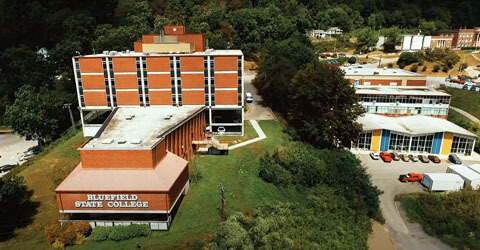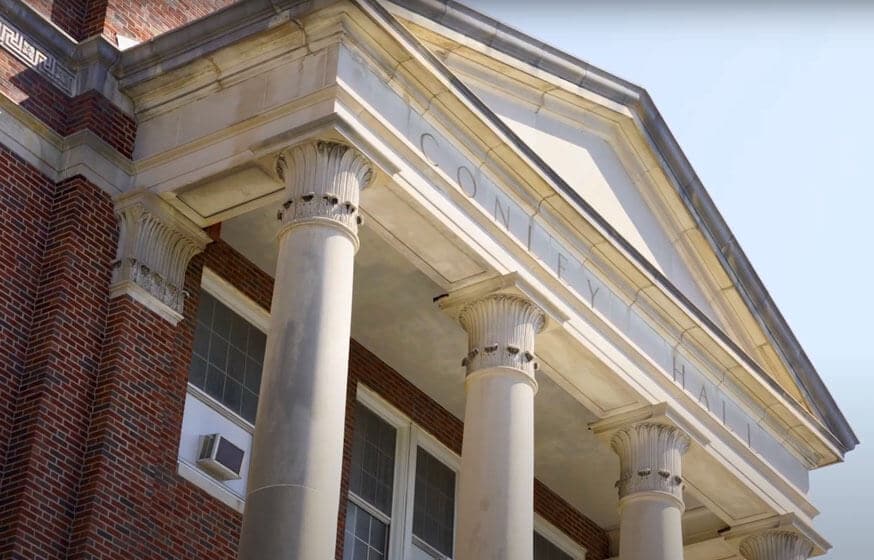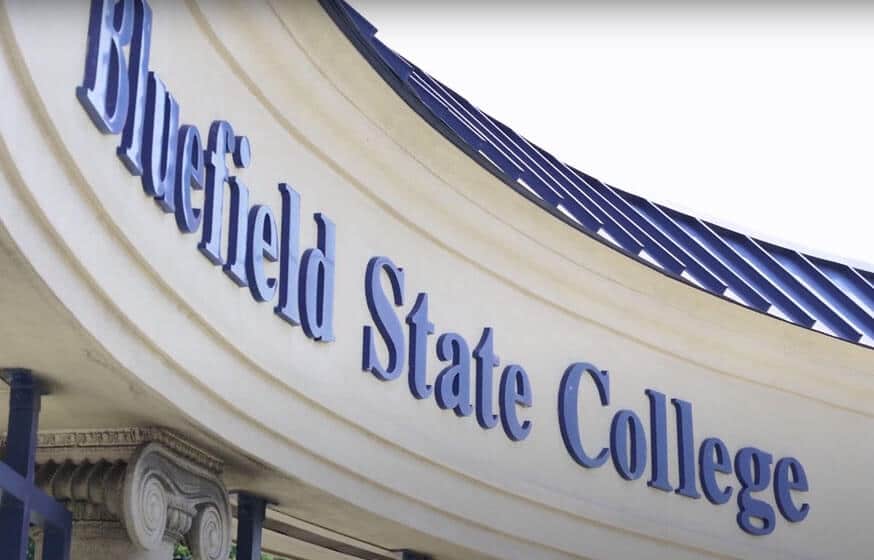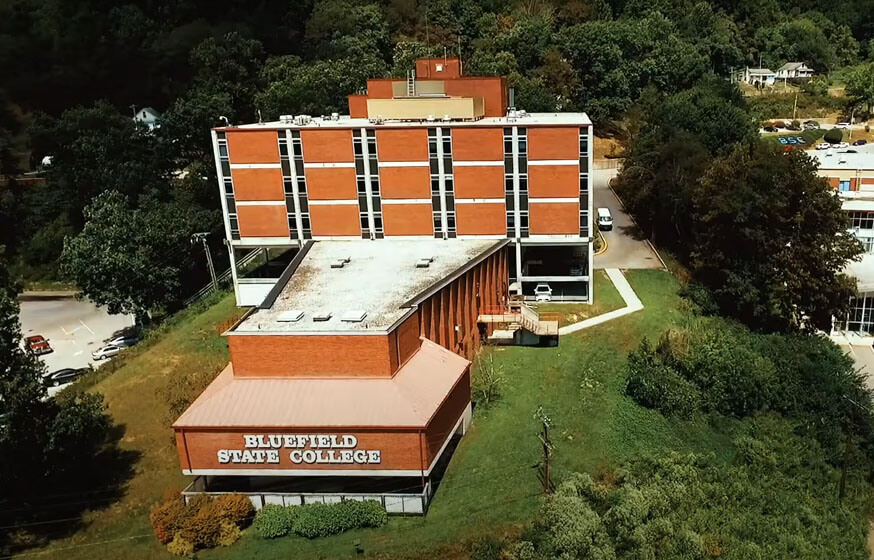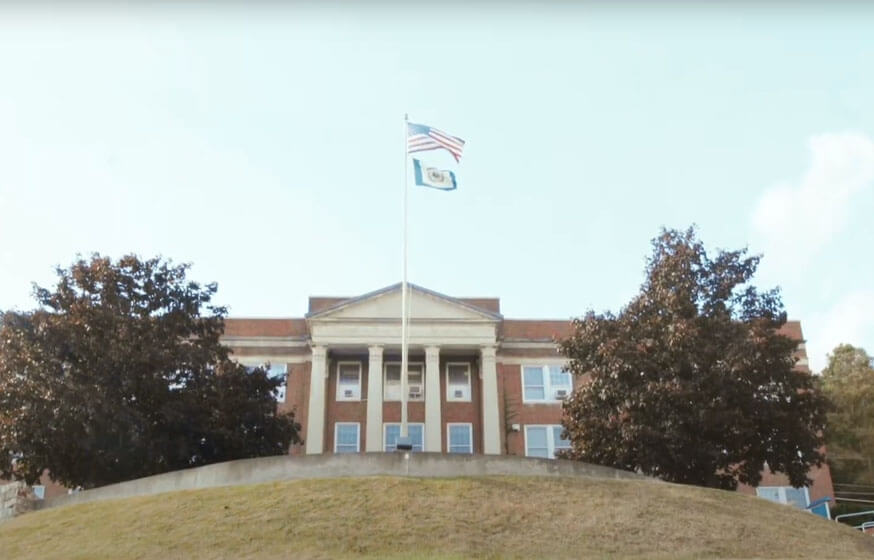Get Matched With Online Colleges
Bluefield State University is a small, public college situated within the town of Bluefield, West Virginia right on the state line with Virginia. The college doesn’t offer campus housing, so you’ll either need to live at home or rent an apartment. The student population is just over 1,200 and the student-to-faculty ratio 13 to 1. It wouldn’t be easy to get lost on this campus as the college literally consists of two buildings. You’ll go to your classes, then go home to study. The town of Bluefield is also very small, so you’ll easily learn your way around.
Search All Programs
Overview of Bluefield State University
Bluefield State University awards associate and bachelor’s degrees to its graduates. While it is a 4-year school, it doesn’t provide any master’s or doctoral programs. Bluefield is also a Historically Black College or University (HBCU).
Depending on your high school academic pursuits, you may be able to request credits for certain activities. These include dual credit programs, where high school students are able to simultaneously earn high school and college credits. You may also be able to gain extra credits if you took Advanced Placement classes and passed the exams.
General Information
| School Type | Public |
|---|---|
| Campus Setting | Town: Distant |
| Campus Housing | No |
| Student Faculty Ratio | 13:1 |
| Graduation Rate | 31% |
| Year Founded | 1895 |

Student Enrollment
Total Students1,241
1,241
0
Undergraduate Student
Male 447
Female 794
Graduate Student
Male 0
Female 0
Explore Map
Top Rankings For Bluefield State University
Admissions
APPLICATIONS470
ACCEPTANCE442
Acceptance Rate94%
Enrollment 199
| Admissions | |
|---|---|
| Application Fee | NA |
| High School GPA | Required |
| High School Rank | NA |
| High School Transcripts | Required |
| College Prep Courses | Recommended |
| Recommendations | NA |
| SAT/ACT | Required |
| TOEFL (Test of English as a Foreign Language) | Required |
| Application Deadline | July 31 |
| Common Application Accepted | No |
Tuition Cost & Financial Aid
Your attendance at Bluefield State University will come at a price, just at it would at any other school. The total price, without any financial aid applied, in a recent school year was $24,488. This includes in- or out-of-state tuition, room and board, books, supplies, and other various charges. However, once financial aid has been applied, the average net price for all students falls to $8,445. How much you and your family will be expected to pay depends on the amount of financial aid you are eligible for and able to garner from scholarships and grants. Financial aid is often awarded based on a family’s annual income. Families who earned less than $30,000 in a recent year paid around $6,700, while families making more than $110,000 a year paid closer to $14,000.
As a freshman student, you may be among the 96% of students eligible for financial aid. In a recent year, about 93% of freshman students receive grant or scholarship assistance averaging $6,909 and 33% receive institutional grants or scholarships totaling $1,837 on average.
| Average net price | 2018-2019 |
|---|---|
| Net Price | $8,445 |
| Average Total Aid | $6,909 |
| Students Receiving Financial Aid | 96% |
| Room & Board | $10,600 |
Sticker Price
- Tuition In-State - $7,488
- Tuition Out-of-State - $14,352
- Books and Supplies - $2,200
- Room & Board - $10,600
- Other - $4,200
Academics
The most popular degrees offered at Bluefield State University are health professions and related programs; liberal arts and sciences, general studies and humanities; engineering technology and engineering-related fields; business, management, marketing and related support services; and social sciences.
You may have the option to add an online class if you have time conflicts when you get into your semester, though it’s best to be aware of those before the semester starts so that you don’t risk falling behind. However, you will not have the option to add evening courses, since BSC doesn’t offer them.
If, at some point during your first year in school, you realize that you want to come back next fall, you’ll become a part of the retention rate that the school tracks. This is currently 56%, meaning that more than half of BSC students choose to return after their first year. This number is considered a good representation of how freshman students perceive the school and whether or not it offers a significant amount of support, majors, and other things that are desirable to students.
Another statistic that Bluefield State University maintains is the graduation rate. The 4-year graduation rate is 18% and the 6-year rate is 28%.
Retention
Rate
4 year
Graduation
Rate
6 year
Graduation
Rate
Student Population Total
Student Population 1,241
1,241
0
Most Popular Programs & Majors
(# of Diplomas Awarded by Subject)
| Health Professions and Related Programs | 48 Total Graduates / 26% |
|---|---|
| Registered Nursing/Registered Nurse | 28 Graduates |
| Radiologic Technology/Science - Radiographer | 14 Graduates |
| Health/Health Care Administration/Management | 6 Graduates |
| Liberal Arts and Sciences, General Studies and Humanities | 39 Total Graduates / 21% |
| General Studies | 36 Graduates |
| Humanities/Humanistic Studies | 3 Graduates |
| All Engineering Majors | 30 Total Graduates / 16% |
| Mechanical Engineering/Mechanical Technology/Technician | 10 Graduates |
| Electrical, Electronic and Communications Engineering Technology/Technician | 7 Graduates |
| Engineering/Industrial Management | 7 Graduates |
| Electrical, Electronic and Communications Engineering Technology/Technician | 7 Graduates |
| All Business Majors | 22 Total Graduates / 12% |
| Accounting | 11 Graduates |
| Business Administration and Management, General | 11 Graduates |
| All Social Science Majors | 10 Total Graduates / 5% |
| Social Sciences, General | 10 Graduates |
| All Other Diplomas | 19% |
Outcome & Salary
Once you’ve graduated and begun a job, you should be able to earn a better salary than you would have expected before. Here’s a few numbers that show what graduates earn as compared to what a high school graduate earns. Bluefield State University graduate’s early career salaries are about $41,400 and their mid-career salaries are around $58,900.
Also, consider that most high school graduates earn a national average salary of $38,792 and have a 10-year projected income of $387,920 and a 20-year projected income of $775,840.
A BSC graduate’s 10-year salary earning potential is $649,450 and their 20-year earning potential is $1,238,450. That’s a big difference.
| Graduates Salary | |
|---|---|
| College Grads Early Career Salary | $41,400 |
| College Grads Average Salary | $64,945 |
| College Grads Mid Career Salary | $58,900 |
| Return on Investment (ROI) | |
|---|---|
| 10 Year Salary Earnings Potential | $649,450 |
| 20 Year Salary Earnings Potential | $1,238,450 |
| Cost of Education (Net Price) 4 Year | $33,780 |
| 10 Year Projected ROI | $615,670 |
| 20 Year Projected ROI | $1,204,670 |
| No College Education Salary Comparison | |
|---|---|
| National Average Salary | $38,792 |
| 10 Year Projected Income | $387,920 |
| 20 Year Projected Income | $775,840 |
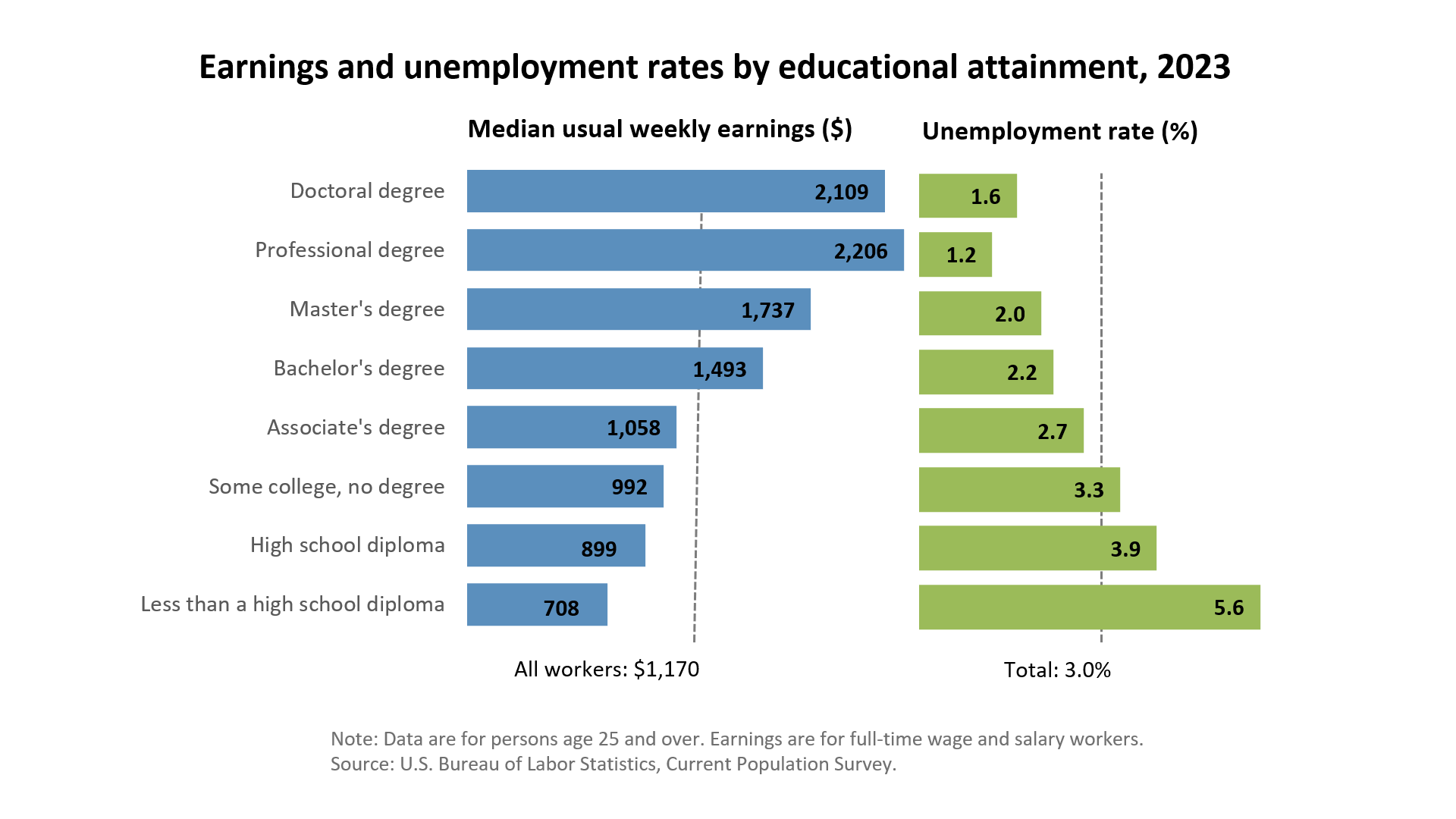
Related Top College Resources





